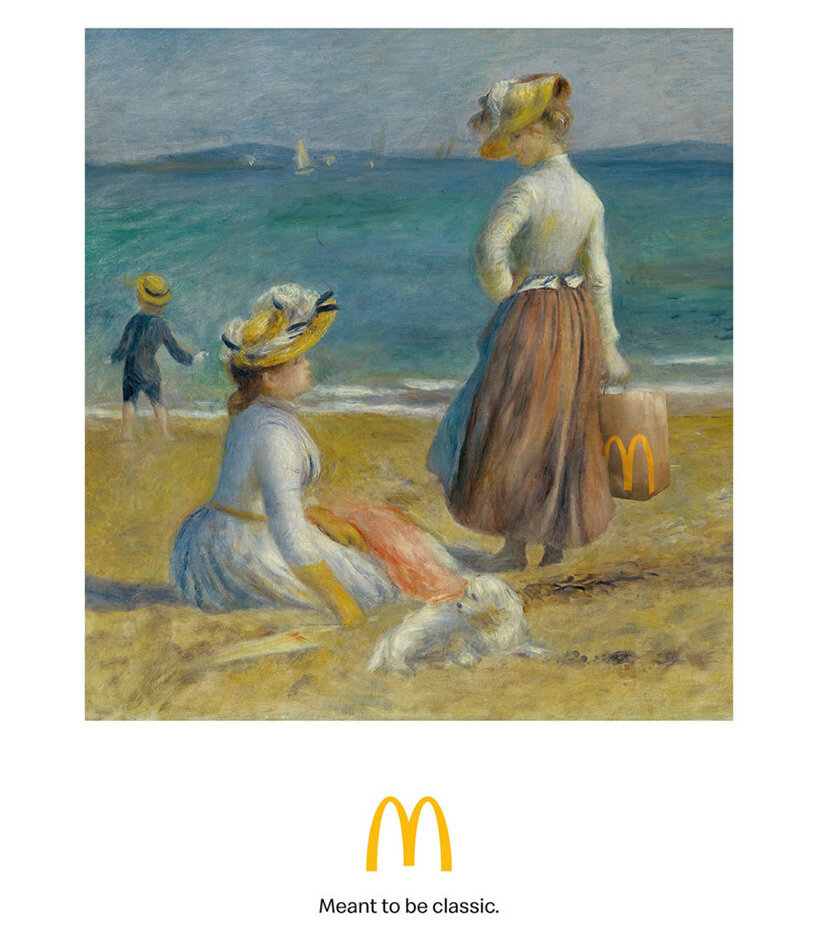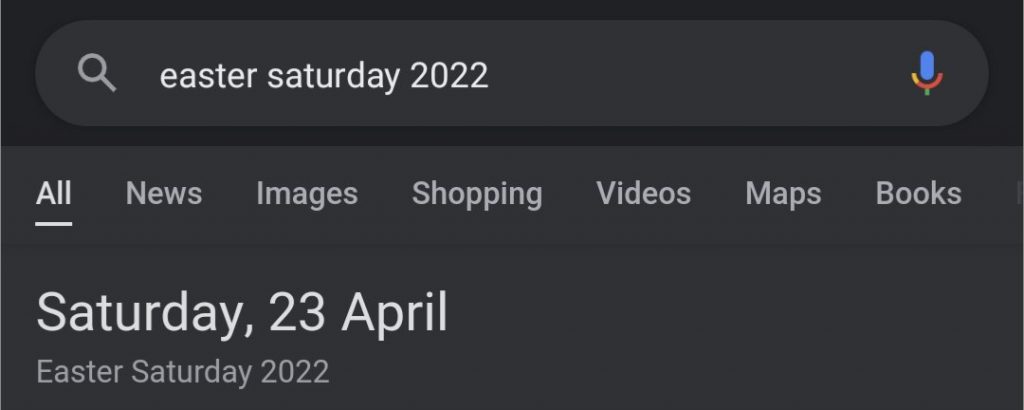Caity Weaver profiled Chloe Gordon, a film maker who went Robert Langdon on Dan Brown when she tried to get her hands on a copy of Dan Brown’s lesser known book, “187 Men to Avoid: A Survival Guide for the Romantically Frustrated Woman“. The reason for the mystery and intrigue was every time she tried to buy a copy, she got sent the wrong book:
So when she stumbled upon an internet rumor that identified Mr. Brown as the author of a tongue-in-cheek dating guide from 1995 called “187 Men to Avoid: A Survival Guide for the Romantically Frustrated Woman,” she immediately bought it on Amazon.
The 96-page novelty book, which was originally published under the name Danielle Brown, promised very short descriptions of men the author considered unsuitable romantic partners — a book of red flags, if you will. “Men who think Lamaze is a famous French car race,” for example. “Men who decoupage.” “Men with pet rocks.”
But when she opened her mail, Ms. Gordon realized that the wrong book had arrived (“Heretics of Dune,” a 1984 science fiction novel by Frank Herbert). She forgot about it for about a year and then went on Amazon and bought the book again. This time she received Elizabeth Taylor’s 1988 dieting memoir, “Elizabeth Takes Off.”
Having struck out twice on Amazon, Ms. Gordon tried eBay. She paid a seller for the book, and a few days later received a refund and an email explaining that the book did not exist in the seller’s inventory. She ordered a copy from a different seller. This order, too, was canceled and refunded.
Ms. Gordon, who lives in California, did not give up. She ordered the book on AbeBooks, a subsidiary of Amazon. Once again, she did not receive “187 Men to Avoid” but, this time, “The Ghost Light” by Fritz Leiber.
She began to anticipate receiving wrong books. On July 19, she filmed herself opening her most recent Amazon package, which turned out to be a copy of Bill Cosby’s 1992 musings on youth, “Childhood,” and posted it on Twitter. “Oh no,” she groans. “This is worse — it’s getting worse!”


